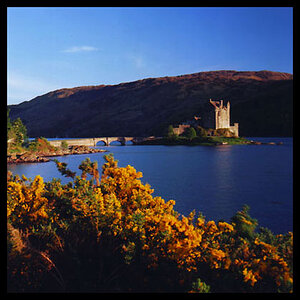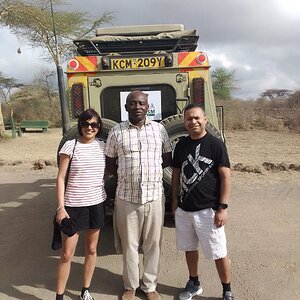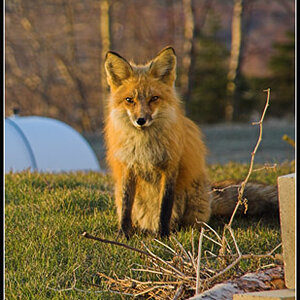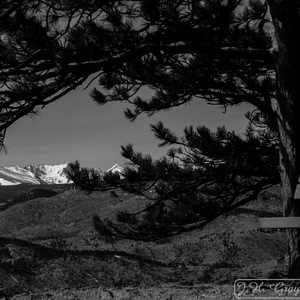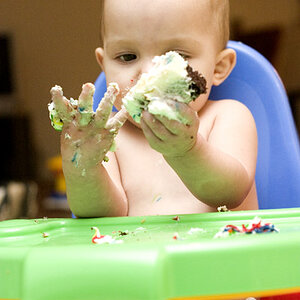PhotoCalifornia
TPF Noob!
- Joined
- Aug 8, 2012
- Messages
- 99
- Reaction score
- 18
- Location
- Colorado Springs, Colorado
- Can others edit my Photos
- Photos OK to edit
Hello,
This summer I am teaching the Photography Merit Badge at a boy scout summer camp.
As a kid I went to this summer camp, and took this merit badge, and it was boring, I hated it.
So this year my goal is to make this one of the most fun merit badge. I have 5 days, at about an hour a day. I also have 4 periods of kids a day.
Here is a link to the requirements, how can I make this merit badge fun even to the most uninterested kid.
Photography - MeritBadgeDotOrg
This summer I am teaching the Photography Merit Badge at a boy scout summer camp.
As a kid I went to this summer camp, and took this merit badge, and it was boring, I hated it.
So this year my goal is to make this one of the most fun merit badge. I have 5 days, at about an hour a day. I also have 4 periods of kids a day.
Here is a link to the requirements, how can I make this merit badge fun even to the most uninterested kid.
Photography - MeritBadgeDotOrg








